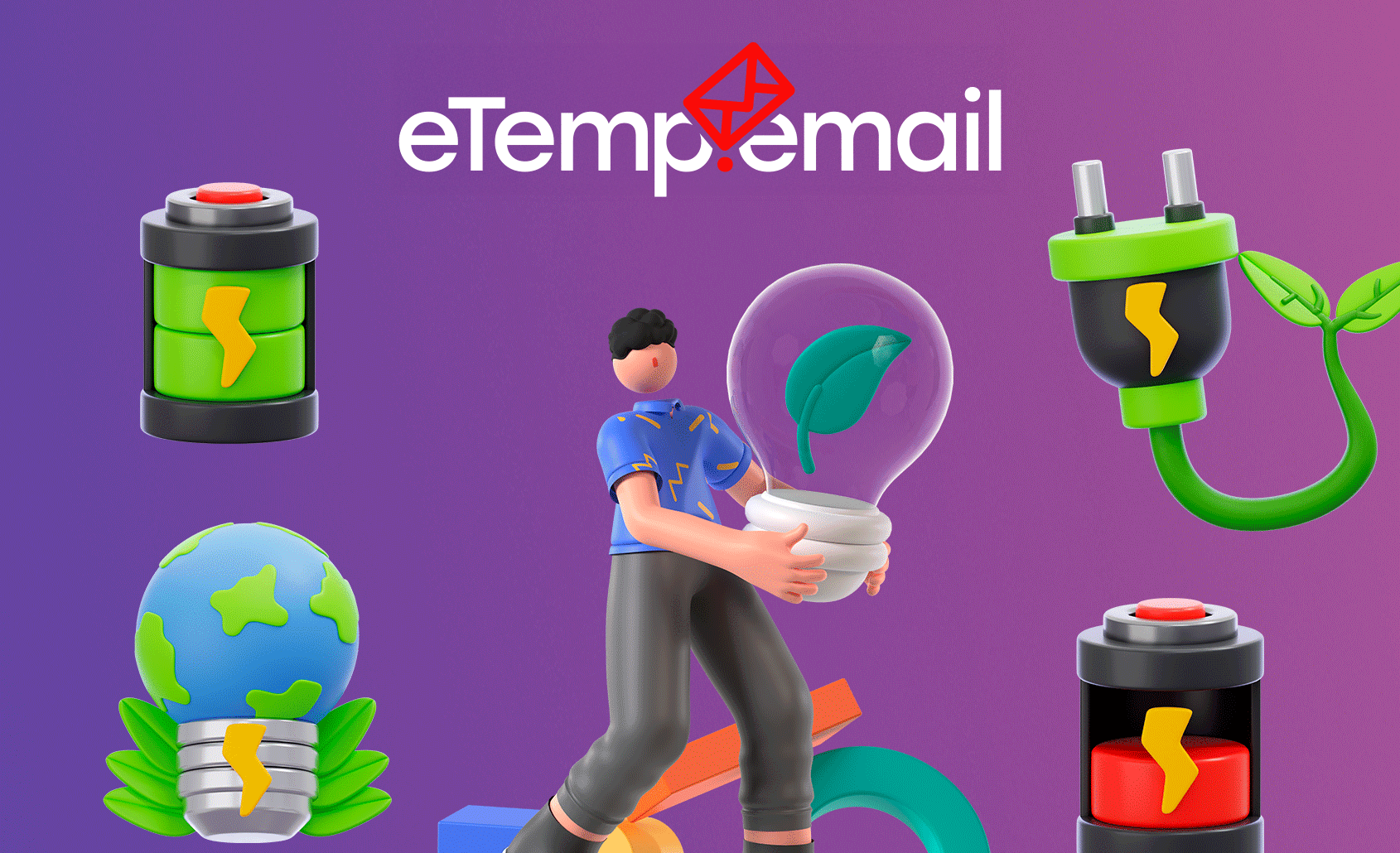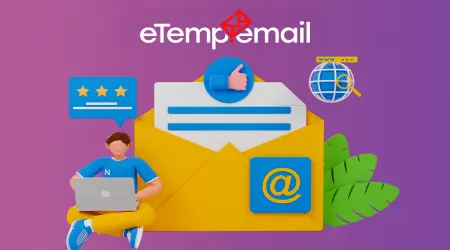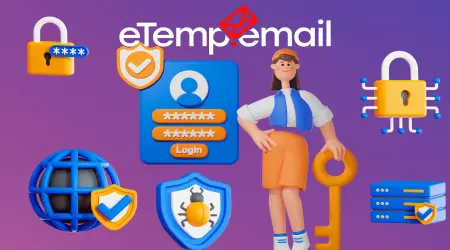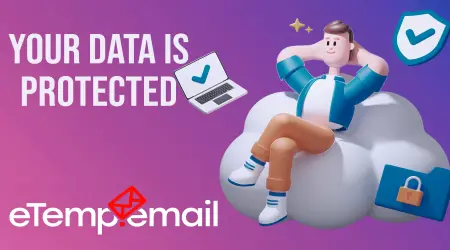

Green Technology: How Renewable Energy Is Saving the Planet in 2025
In 2025, green technology has moved beyond aspiration to become the undisputed cornerstone of a sustainable future. Innovations in renewable energy, advanced smart grids, and eco-friendly manufacturing are driving a global effort to dramatically reduce carbon emissions and combat the pressing challenge of climate change.
But how precisely are these transformative technologies reshaping our world, and why does data protection remain a critical consideration in an era where green solutions are increasingly digitized? This article will explore the latest breakthroughs in renewable energy, analyze their profound impact on the planet, and demonstrate how eTemp.email empowers you to interact securely with green technology platforms, ensuring your privacy amidst environmental progress.
What Is Green Technology? Innovating for a Healthier Planet
Green technologies encompass a broad spectrum of innovations designed to minimize environmental harm, conserve natural resources, and enhance overall sustainability. They include:
- Renewable Energy Sources: Harnessing inexhaustible natural resources like solar, wind, hydro, geothermal, and biomass for power generation.
- Energy-Efficient Systems: Technologies that reduce energy consumption in buildings, transportation, and industrial processes.
- Pollution Control & Waste Management: Solutions for carbon capture, waste recycling, and the development of biodegradable materials.
In 2025, these technologies are becoming more affordable, scalable, and efficient than ever before, largely thanks to rapid advancements in Artificial Intelligence (AI), the Internet of Things (IoT), and cutting-edge material science.
Breakthroughs in Renewable Energy: Powering a Sustainable Future
Renewable energy is reaching unprecedented levels of maturity and adoption in 2025. Here are the key areas of focus and innovation:
- Solar Energy: Harnessing the Sun's Abundance Next-generation solar panels are revolutionizing energy capture. Utilizing advanced materials, such as perovskites and thin-film technologies, these panels are achieving efficiencies of up to 30% (a significant leap from approximately 20% in 2020). This enhanced efficiency, coupled with decreasing manufacturing costs, is driving rapid expansion. Industry reports indicate that in 2024, solar energy already accounted for a substantial portion of global electricity generation.
- Wind Energy: Tapping into Atmospheric Power Wind power continues its impressive growth, particularly with the expansion of offshore wind farms. These colossal turbines, benefiting from economies of scale, are becoming cheaper to construct and significantly more powerful. New designs, often optimized by AI algorithms, are boosting energy production by as much as 25% from individual turbines, making wind power a highly competitive and reliable energy source. Regions like Europe and Asia are leading the global deployment of these large-scale projects.
- Smart Grids and Advanced Energy Storage: The Backbone of Renewables The intermittency of some renewable sources (e.g., solar only works when the sun shines, wind when the breeze blows) is being overcome by sophisticated energy storage solutions. Advances in lithium-ion battery technology and the development of hydrogen-based storage systems allow excess energy generated during peak production times to be stored and deployed when needed. Smart grids, powered by AI and IoT, dynamically manage energy flow, balancing supply and demand across vast networks in real-time, ensuring grid stability and efficiency.
How Green Technologies Are Saving the Planet: Tangible Impact
Green technologies are making a demonstrable and crucial contribution to mitigating climate change and fostering environmental stewardship:
- Significant Emissions Reduction: The accelerated transition to renewable energy sources has played a key role in reducing global CO2 emissions. Since 2020, there has been a noticeable decrease in overall carbon output, a testament to the growing share of clean energy in the global mix.
- Enhanced Energy Efficiency: The proliferation of smart buildings, smart home devices, and industrial IoT solutions is optimizing energy consumption across sectors. Cities are seeing reductions in energy use by 20-30% through intelligent lighting, heating, cooling, and automated energy management systems.
- Sustainable Manufacturing and Waste Reduction: The adoption of biodegradable materials, advanced recycling processes, and circular economy principles in manufacturing is significantly reducing waste streams and the environmental footprint of production. For example, by 2025, numerous global manufacturing companies are operating carbon-neutral factories, inspiring other industries to adopt similar sustainable practices.
Risks and Challenges: The Digital Underbelly of Green Tech
While green technology offers immense benefits, its increasing digitalization, particularly through smart grids and IoT devices, introduces new cybersecurity vulnerabilities:
- IoT Vulnerabilities: The vast network of interconnected green IoT devices (e.g., smart meters, sensors in wind turbines, solar panel monitoring systems) can present entry points for hackers. Compromised smart meters could lead to billing fraud, while attacks on energy grid control systems could have catastrophic consequences for power distribution and national security.
- Sensitive Data Collection: Many environmental platforms, smart energy apps, and green service providers collect a considerable amount of user data, including energy consumption patterns, home habits, and even location data. If these platforms suffer a data breach, this personal information could be compromised and misused for profiling, targeted advertising, or even malicious activities.
- Sophisticated Phishing Attacks: Cybercriminals exploit public interest in green initiatives by creating convincing fake green technology websites, investment scams, or deceptive charitable campaigns designed to steal credentials, financial information, or trick users into downloading malware.
To interact securely with environmental services and green platforms, it is crucial to employ robust cybersecurity practices. When registering for new services or testing new green apps, always use
The Future of Green Technology by 2030: The Backbone of the Global Economy
By 2030, green technology is projected to be the fundamental backbone of the global economy, further integrating into all aspects of life and industry. Experts predict:
- Global Energy Transition: Renewable sources are expected to provide 50% or more of the world's energy, establishing a new era of clean and sustainable power generation.
- Commercial Viability of Carbon Capture: Direct CO2 capture technologies, which remove carbon dioxide directly from the atmosphere, will become increasingly commercially viable and widely deployed, playing a crucial role in reversing climate change.
- Electric Vehicle Dominance: Thanks to significant improvements in battery technology (e.g., solid-state batteries offering longer range and faster charging) and charging infrastructure, 70% of all new cars sold globally will be electric vehicles.
- Quantum-Accelerated Innovation: Breakthrough technologies like
quantum computers
How Does eTemp.email Help in the Age of Green Technology? Your Digital Safeguard
Participating in green initiatives, whether it's signing up for smart grid monitoring platforms, testing new green apps, or subscribing to environmental newsletters, often involves sharing your email address. Every such interaction carries a potential risk of data exposure. eTemp.email provides a crucial layer of digital protection:
- Create Temporary Email Addresses in Seconds: Quickly generate unique email addresses for each new green service you want to try, without using your primary email.
- Avoid Phishing and Spam: Shield your main inbox from unwanted marketing communications, newsletters, or potentially malicious phishing attempts originating from less secure green platforms.
- Maintain Anonymity When Interacting with Green Services: Explore and engage with various green technology services and platforms without linking your personal identity or primary email to potentially unknown data collection practices.
- Isolate Risk: If a green tech platform experiences a data breach, only your temporary email is exposed, keeping your primary digital identity secure and preventing unwanted information from reaching your main inbox.
Conclusion
Green technology in 2025 is unequivocally saving the planet by dramatically reducing emissions and fostering sustainability. However, the increasing digitalization and connectivity of these solutions necessitate heightened awareness and robust cybersecurity practices.
By leveraging trusted tools like eTemp.email, you can securely engage with green platforms, experiment with new environmental apps, and contribute to a sustainable future without compromising your personal data. Try




